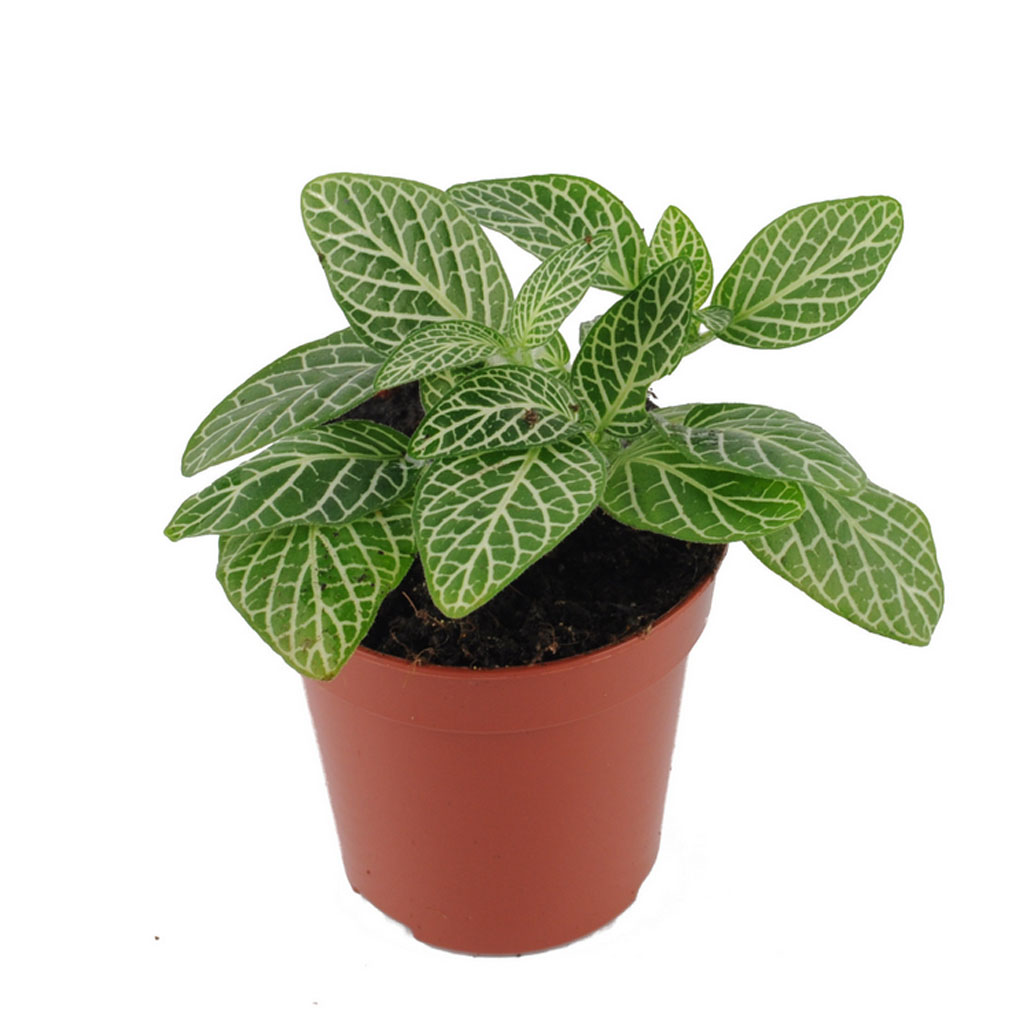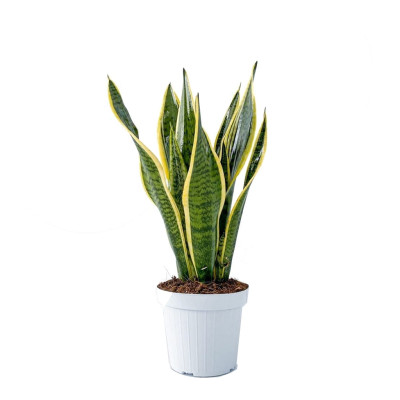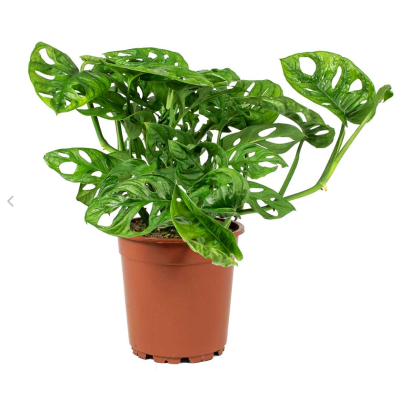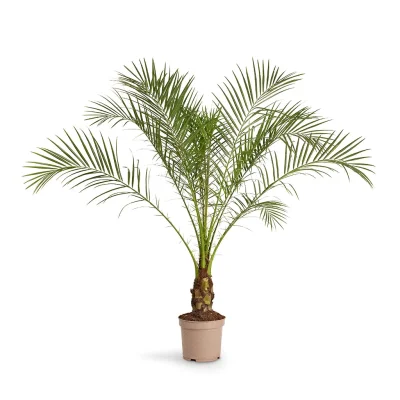Fittonia Bianco Verde – Fittonia Argyroneura
AED 20.00 + VAT
Fittonia (nerve plant) is a genus of flowering plants in the acanthus family Acanthaceae, native to tropical rainforest in South America, mainly Peru. The most commonly grown are F. albivenis and its cultivars. They are spreading evergreen perennials growing 10–15 cm (4–6 in) tall. They bear lush green leaves with accented veins of white to deep pink and have a short fuzz covering their stems. Small buds may appear after a time where the stem splits into leaves. They can also be propagated by allowing the trimmings of the tip to grow roots in about 1-2 weeks. Flowers are small with a white to off-white colour. Plants are best kept in a moist area with mild sunlight and temperatures above 55 °F (13 °C), therefore in temperate areas they must be grown as houseplants.
Description

Light
Indirect or dappled sunlight. They also thrive under fluorescent lights. Don’t expose to full sunlight.

Watering
Plants should be kept constantly moist, with high ambient humidity. Mist frequently or grow in a tray with pebbles and water.

Temperature
Average (around 70ºF). They can tolerate temperatures down to the mid-60s or into the low 80s.

Humidity
The nerve plant will grow its fastest when it is grown under perfect conditions, including humidity as high as 90% and bright but indirect light.

Feed
Feed during the growing season with a weekly dose of weak liquid fertilizer or with controlled-release fertilizer.

Height & Growth Rate
Fittonia typically grows to a height of 3 to 6 inches with a trailing spread of 12 to 18 inches. Although the slow-growing plant rarely flowers when grown as an indoor houseplant, it does occasionally bloom with insignificant reddish or yellowish-white spikes.

Toxicity
Nerve plants are not toxic to humans or pets like cats or dogs.

Origin
Mosaic Plant (Fittonia) is a low-growing plant that comes from South America (Peru)








